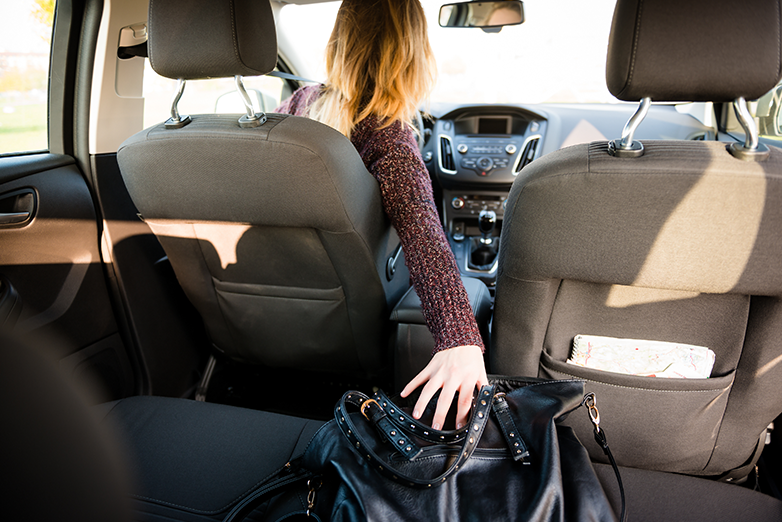According to the National Highway Traffic Safety Administration, distracted driving caused roughly 424,000 accident-related injuries and some 3,154 fatalities in 2013 alone. Because this data comes from police reports, which may not record all driving distractions, the true figure is likely higher.
When many of us hear the term “distracted driving,” cell phone use is probably the first thing many of us think. From phones to upgraded touch screen entertainment systems teens have access to a variety of distracting elements. However, phones are not the only distraction for teen drivers.
There are three different types of distracted driving – cognitive, visual, and manual distractions. Each of these types of distractions includes behaviors that cause drivers to lose focus.
Cognitive Distractions
Cognitive distractions are when the mind isn’t focused on driving, but instead on other things. Some of the most prevalent behaviors in this category include talking with passengers or on the phone. It can also include simply being preoccupied with thinking about all the things going on that they have to deal with from school to family to friends.
Even drivers listening to their favorite podcast or radio station are at risk; the audio can take drivers’ focus away from their driving and overall surroundings if they become too focused on what they’re listening to.
Visual Distractions
When a driver is focused on anything but the road and the other cars on the road, they are visually distracted. Visual distractions include focusing on people in the car, electronic devices, signs, GPS devices, or portable entertainment devices.
Manual Distractions
This is when the driver is doing anything but the physical act of driving and is probably one of the most prevalent ways that distraction is exhibited. Some common examples include eating and drinking in the car, adjusting the GPS, or trying to get something from a purse, wallet, or briefcase.
How to Handle Distractions While Driving
Even though distraction is common while driving, there are also some good tips to avoid them.
- Get a hands-free device, but only use it when absolutely necessary. Studies have shown that hands-free devices prove just as distracting as normal cell phone use while driving.
- Make sure children, pets, and friends are secured properly.
- Eat before or after you drive. Just don’t eat while driving.
- Program your GPS before you leave the driveway.
- Plan to do your multitasking when you’re not driving
Distracted driving has increased over the years, but the more aware we are of them and the more we encourage our teens to avoid them, we can encourage a decrease in distracted driving.
This information is brought to you by local State Farm Agent, Ed Underwood. Click here to get a quote or call 615-771-0700 to get information on adding your teen to your insurance plan. Like Ed Underwood on Facebook!



















